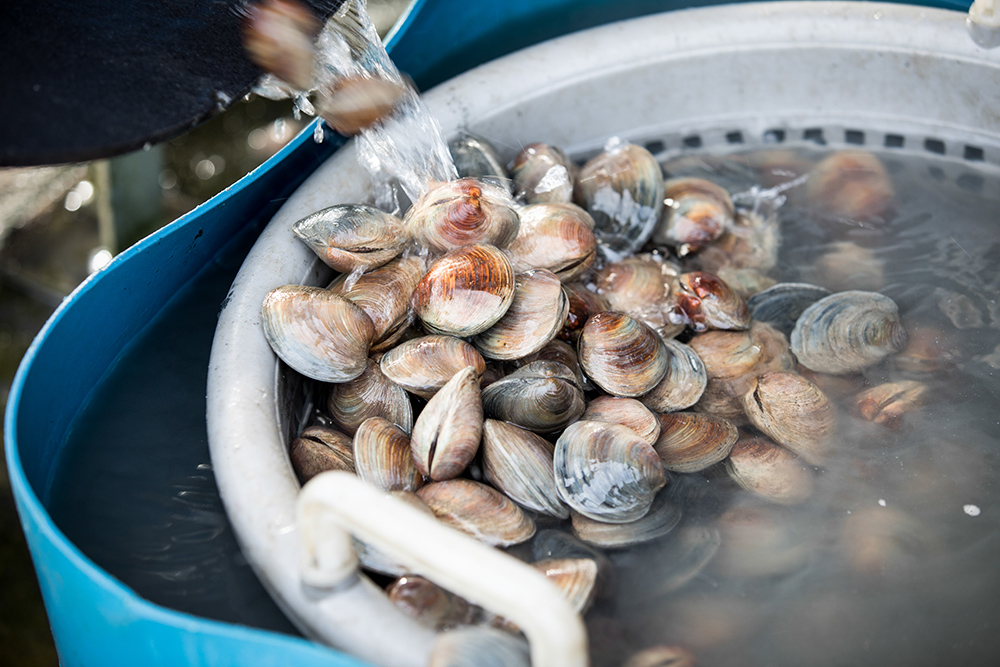By George E. Boyhan
University of Georgia

Volume XXVIII |
Give 'em room
Cucumbers are a vining crop that needs considerable room to grow. You have to have 3 to 4 feet between rows and 6 to 18 inches in the row to grow them.
Although a number of diseases and insects attack cucumbers, they're relatively easy to grow. They don't have many problems under most conditions.
They're easier to grow in the spring and early summer than in the fall. In the fall, insects of various types can be troublesome.
Cucumbers are versatile, with fresh eating, pickling and greenhouse types available. You can grow any or all of these. It's just a matter of where you'll grow them and how you'll use them.
What kind?
For salads and fresh eating, grow slicing cucumbers. They have dark green rinds with tender, mild flesh. Pick them when they're about 6 inches long. Don't let them get much larger, because the seeds will begin to mature and harden, making them uneatable.
Cucumbers are the main vegetable used in pickling. When you think of pickles, you're thinking of pickled cucumbers.
This type of cucumber will turn lighter green or yellowish as it matures. It has more pronounced spines and a thin skin. It's not very good for fresh eating, having a more bitter taste.
The thin skin and spines, though, help the cucumber absorb the vinegar solution used in pickling. As with the slicing type, pick these cucumbers when they're immature, before the seeds begin to harden.
Finally, there are greenhouse types. These are often available in supermarkets. You can recognize them by their long, slender look. They'll also be individually shrink-wrapped because they're prone to moisture loss.
These types are called parthenocarpic, because they don't require fertilization for the cucumber to develop.
Treated catalog seeds
If you buy cucumber seeds from a catalog, you may notice that 10 percent or so of the seeds aren't treated, while the other 90 percent may have a bright color indicating a seed treatment.
The treated seeds are a special type of cucumber called a gynecious type. They produce only female flowers. The untreated seeds will produce both female and male flowers and will act as the source of pollen. These gynecious varieties will produce more fruit.
The bottom line for gardeners is that cucumbers are easy to grow, but they do require some space to spread out. You can grow them from both transplants or seeds with little difficulty.
For more information on cucumbers, contact your University of Georgia Extension Service county office. Or check out the publications (www.ces.uga.edu/ces/p ubs.html) on the UGA College of Agriculture and Environmental Sciences Web site (ugacescn.ces.uga.edu /caeshome/).






